Building with wood is a climate-friendly option

Forest wood used in buildings can bind carbon for centuries. Wood is a strong and versatile building material that improves indoor air quality, reduces the need for heating and air conditioning – and provides pleasure.
We need sustainable alternatives to our current lifestyle. Construction and housing account for approximately 40% of our carbon dioxide emissions, making solutions in these areas particularly important in combating climate change.
From the perspective of sustainability, the greatest challenges in construction and housing are high energy consumption in the manufacturing of concrete and steel, the growing demand for non-renewable materials, a lack of recycling practices in the construction industry, and chemicals that are harmful to human health.
Wood has superpowers
As a raw material, wood can provide solutions to all of the above challenges in construction and housing. If all the buildings constructed in Finland each year were made of wood, the amount of wood needed for the construction would grow back in ten hours.
When used thoughtfully, wood helps us reduce our carbon footprint, as wood-bound carbon is stored in buildings even for centuries.
Wood stores carbon and is a versatile, renewable and recyclable building material. Wood structures can reduce energy consumption in housing. The chemical structures of wood may replace oil-based chemicals, plastics and adhesives which are harmful to the environment.
As trees grow, they bind carbon dioxide from the atmosphere and release oxygen. At the same time, a strong and sustainable building material is formed. When used thoughtfully, wood helps us reduce our carbon footprint, as wood-bound carbon can be stored in buildings even for centuries.
In terms of the climate, it is important to extend the life cycle of wood products – in other words, to reduce their short-term use as an energy source, paper or packaging. We need to develop wood products that have a long life cycle and that can be recycled for a long time.
It's equally important to ensure that more trees are growing than are being used. We need to develop carbon-sequestering forest management as well as use logging methods that are less harmful to the forest ecosystem.
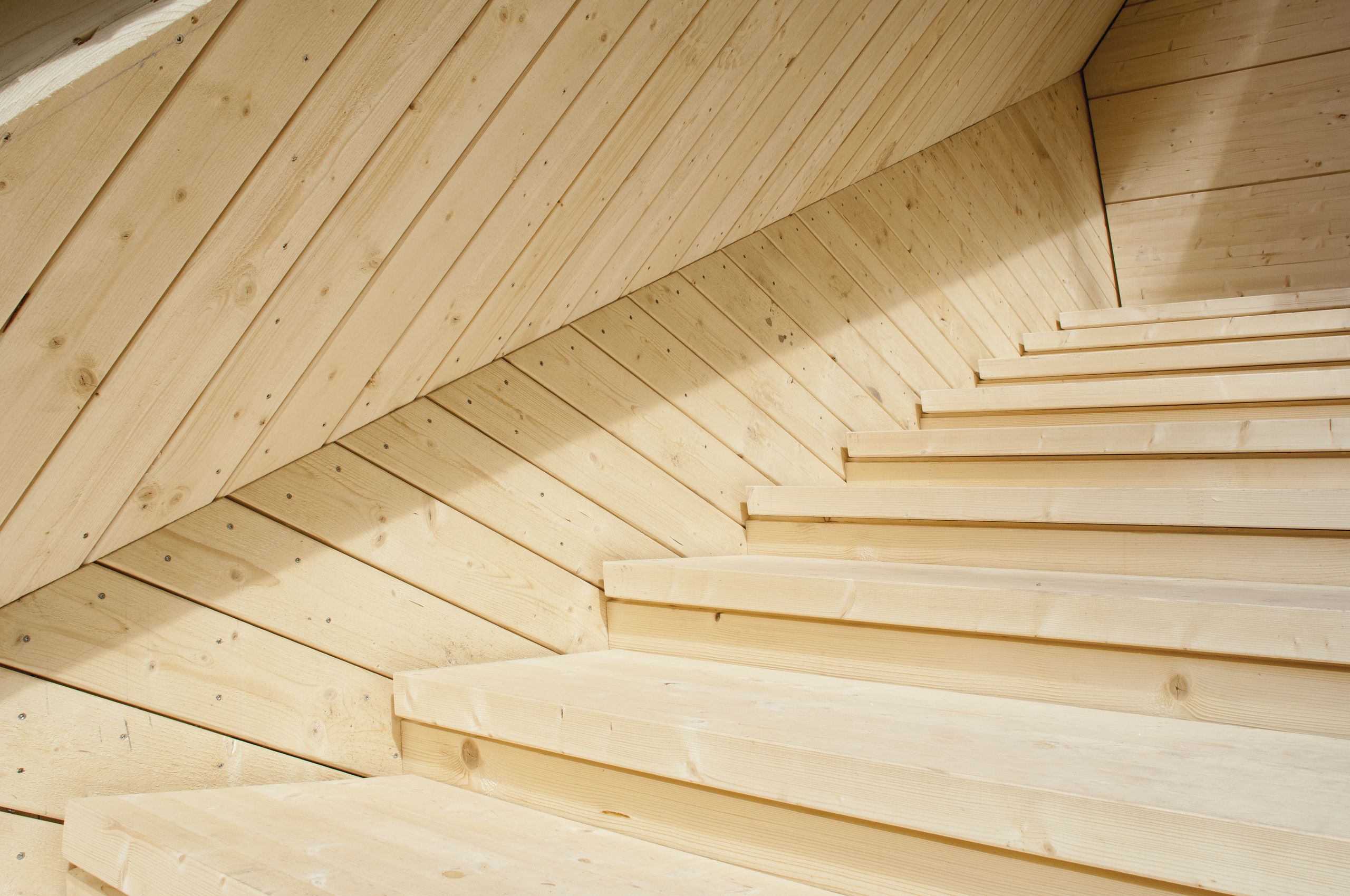
Reduce your carbon footprint
· Plant trees
· Use wood in construction and interior design
· Reuse and recycle wood
· Develop wood-based bioproducts

Wood Wonders: an exhibition that provides five interesting viewpoints on construction
Sustainability requires cooperation that stretches across disciplines and borders. Wood expertise is one great example of this, and the Wood Wonders exhibition brings together Aalto University's multidisciplinary research and development projects from three different schools and over twenty different researchers and experts.
Wood stores carbon
According to the Natural Resources Institute Finland, 75 per cent of Finland's surface area is forested. There are, on average, 12,500 trees for every Finnish citizen.
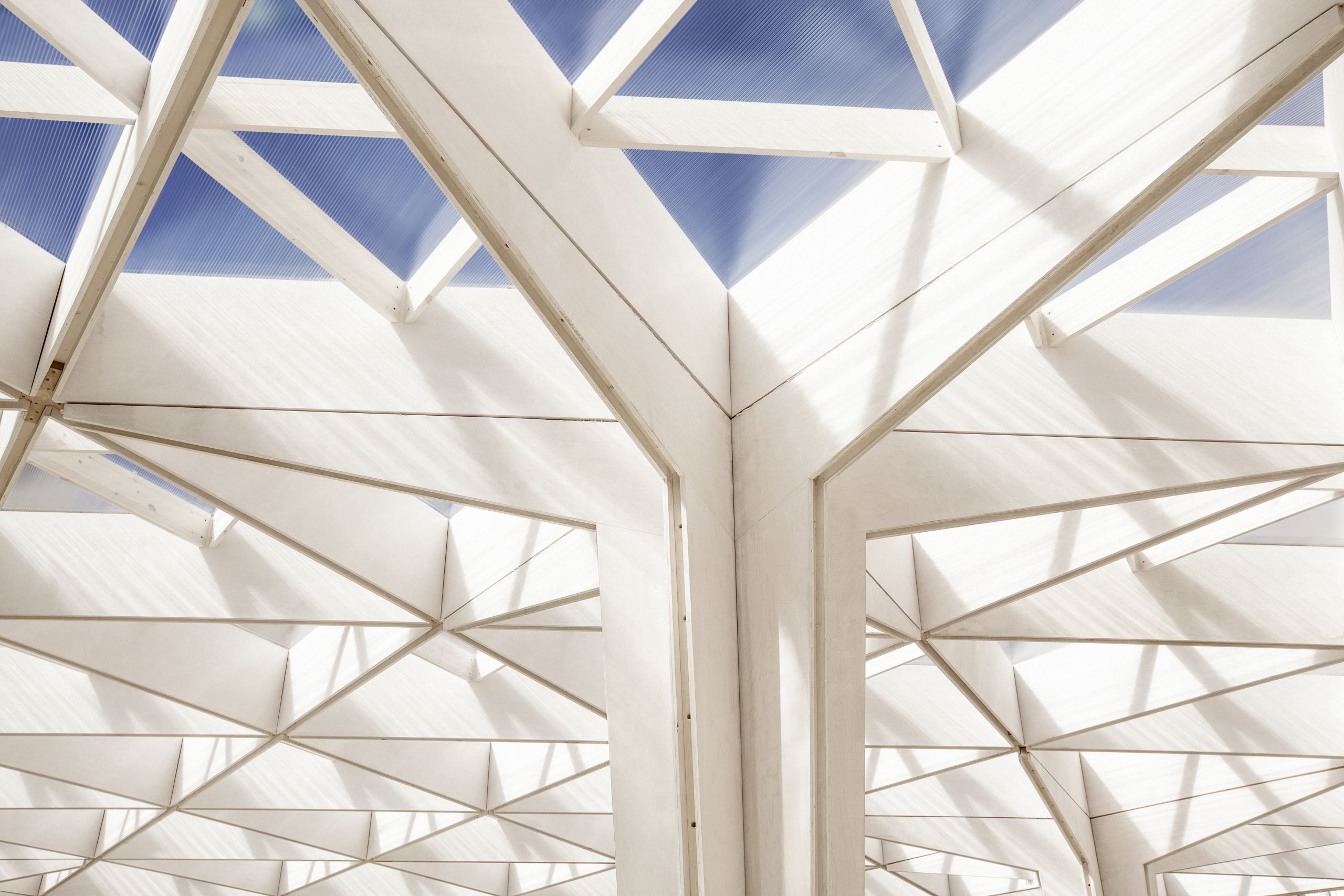
Wood is a versatile and noble building material
When used thoughtfully, wood helps us reduce our carbon footprint, as wood-bound carbon is stored in buildings even for centuries. Wood is a renewable material. If all the buildings constructed in Finland each year were made of wood, the amount of wood needed for the construction would grow back in ten hours.
In addition to environmental aspects, wood is also a luxurious, attractive and versatile building material.
Aalto's Wood Program takes up building tasks as experiments that can be used to study and explore various materials and methods of building.
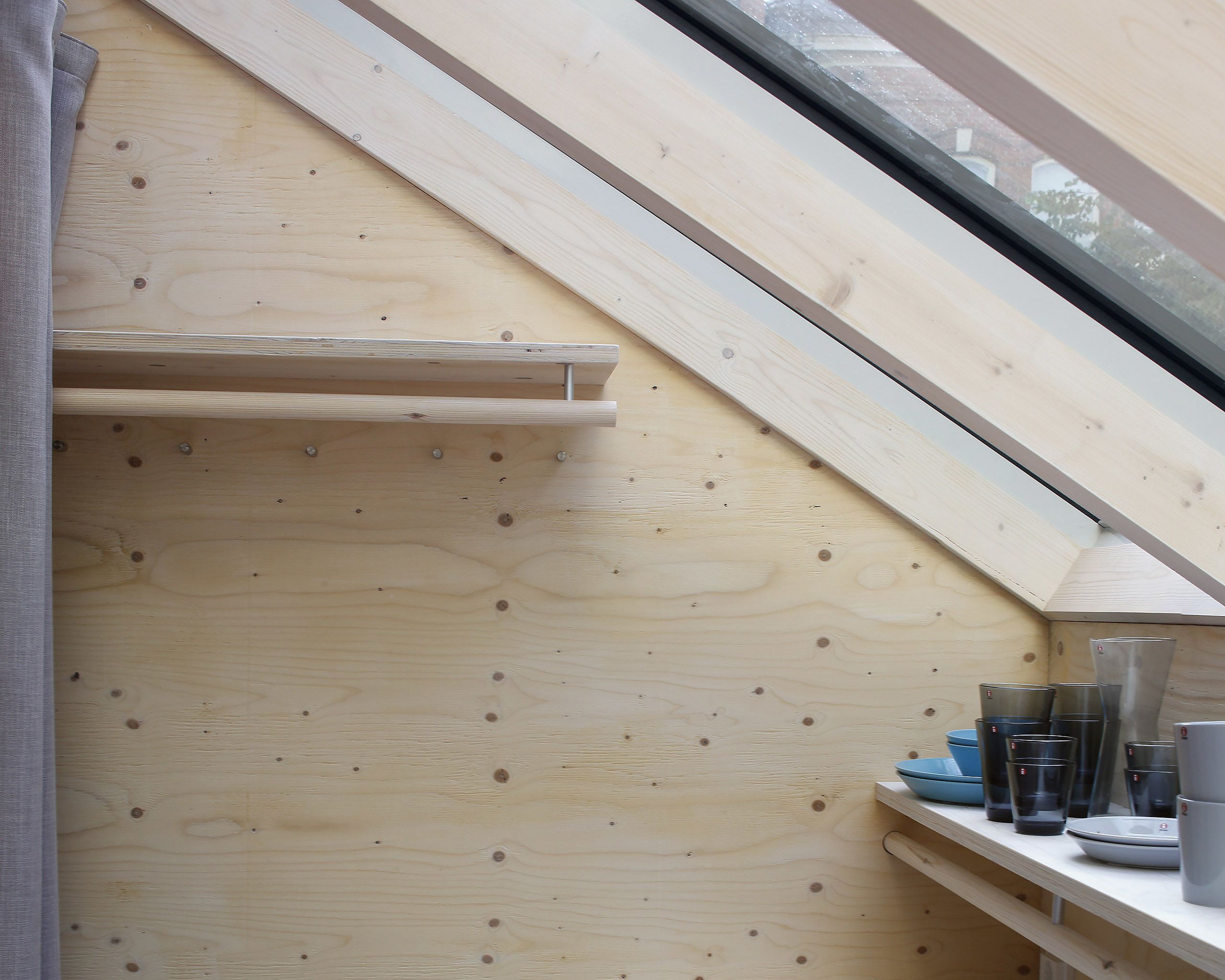
Wood buffers moisture, feels warm and looks good
As a material, wood is valuable, unpretentious and vivid. People have a natural desire to touch wooded surfaces because wood feels good. In buildings, wood cladding buffers moisture, which in turn reduces the need for air conditioning and thus also energy consumption.
According to the Wood2New and WoodLife studies, wood-clad interior areas feel +2°C warmer than those clad with other materials, which reduces the need for heating. The 1.5 Degree Lifestyles study calculated that a decrease in indoor temperature by two degrees would reduce the annual carbon footprint by approximately 2%.
Housing, mainly heating and air conditioning, is responsible for approximately 25% of our carbon dioxide emissions. The smart design of structures and indoor spaces can significantly reduce energy requirements.

The interior of Kokoon. Photo: Anne Kinnunen
The interior of Kokoon. Photo: Anne Kinnunen

The interior of Liina. Photo: Anne Kinnunen.
The interior of Liina. Photo: Anne Kinnunen.
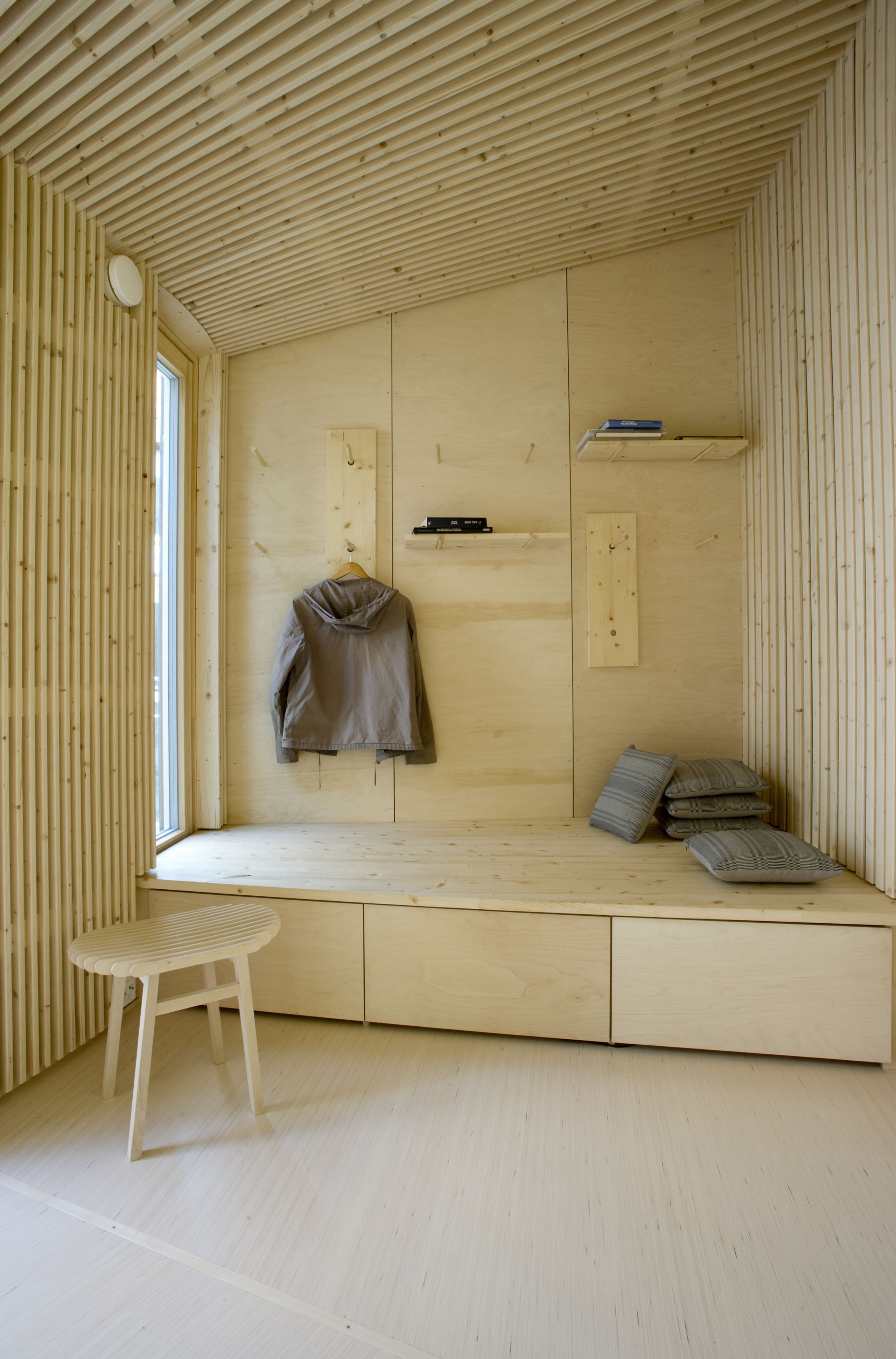
The interior of Piiri Photo: Anne Kinnunen
The interior of Piiri Photo: Anne Kinnunen
Wood structures can be reused, repaired and recycled
In terms of the climate, it's important to extend the life cycle of wood products: to design wood products that have a long life cycle and that can be recycled. Some old wooden buildings have stood for hundreds of years.
New buildings should be designed in such a way that they could be used for a longer time, repaired and reused. The life cycle of buildings spans from the planning of land use and construction to the actual construction phase and on to the reuse, demolition and recycling of buildings.
Wood is a temporal carbon storage, so prolonging the life cycle of wood products can contribute to mitigating climate change. Furthermore, the implementation of Design for Disassembly (DfD) principles in constructions might increase the reuse of wood products.
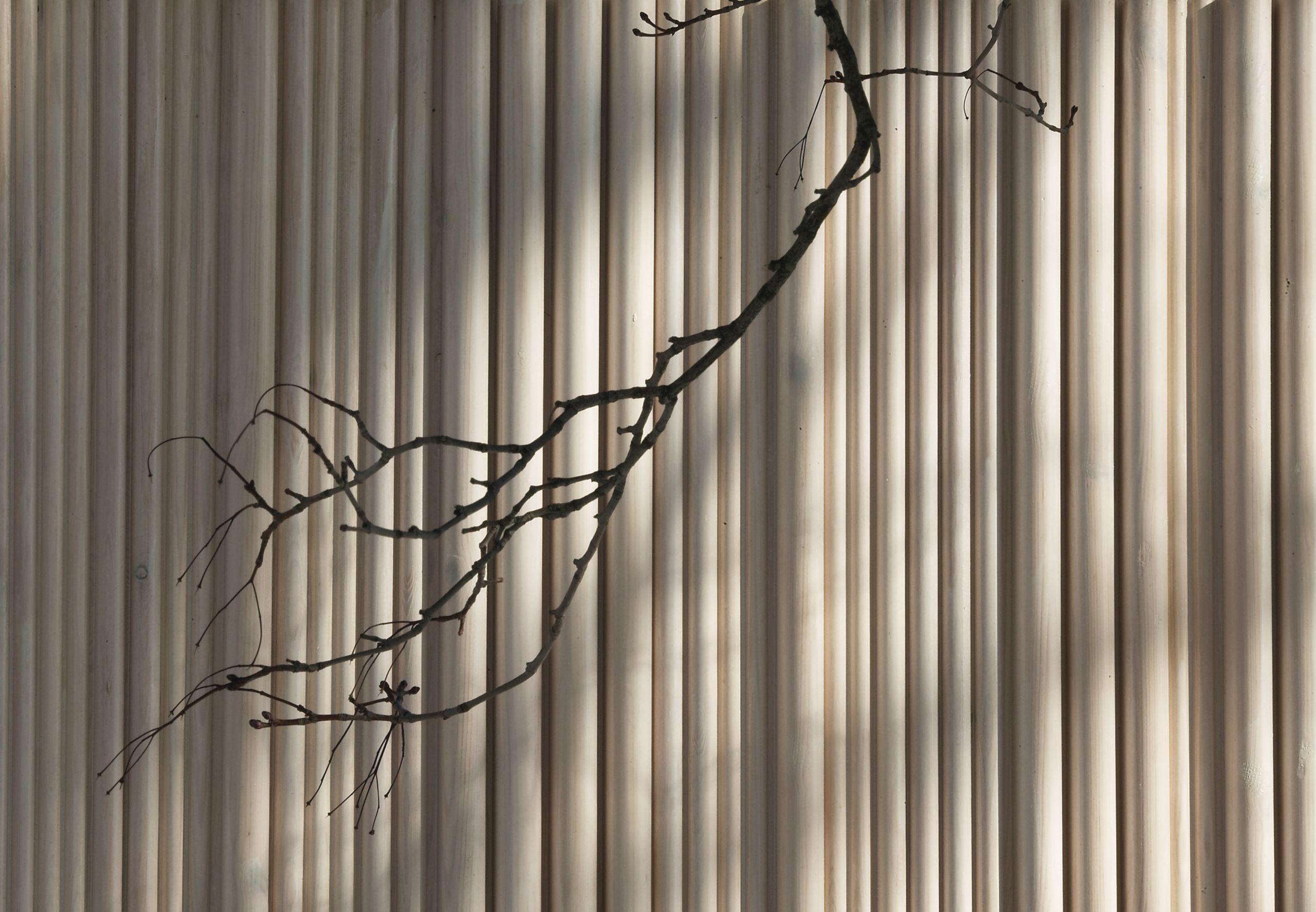



The renovation of Finlandia Hall is set to start in early 2022. Finlandia Hall will continue as a conference and event centre throughout the renewal project, and some of the activities will be organised in the temporary facilities. The design of the temporary facilities has been developed in cooperation with students and teachers at Aalto University Department of Architecture's Wood Program and Building Design Studio.
The renovation of Finlandia Hall is set to start in early 2022. Finlandia Hall will continue as a conference and event centre throughout the renewal project, and some of the activities will be organised in the temporary facilities. The design of the temporary facilities has been developed in cooperation with students and teachers at Aalto University Department of Architecture's Wood Program and Building Design Studio.

The temporary facilities are in accordance with the wood construction and circular economy goals of the City of Helsinki. After this use, sections of the building can be moved and altered for further use as temporary facilities by schools and daycare centres, for example. The estimated service life of the building is 20-30 years.
The temporary facilities are in accordance with the wood construction and circular economy goals of the City of Helsinki. After this use, sections of the building can be moved and altered for further use as temporary facilities by schools and daycare centres, for example. The estimated service life of the building is 20-30 years.
Wood has superpowers
Wood still has a lot of untapped potential for new types of products that can be used to replace harmful and non-renewable materials in construction.
Wood has superpowers: new amazing properties are continually being discovered in wood, wood fibre (cellulose) and the fibre binder (lignin). The chemically engineered wood-based products can replace plastics, adhesives, solvents and other environmentally harmful substances.
Nanocellulose
In the future, new types of bio-based cellulose structures, such as nanocellulose, have promising applications in organic paints, water-repellent surface treatments and acoustic elements. They may also replace some of the stone-based materials in construction.
Bioproducts may replace fossil materials
The Bioproduct Chemistry group develops renewable, high added-value materials based on wood polymers, like lignocellulosics (cellulose and lignin), and the research is especially focused on understanding interfacial properties.
Lignin is an excellent alternative as a replacement for fossil materials. It is created as a byproduct of pulping, and it can partly or completely replace phenol formaldehyde resin adhesives used in plywood, hardboard, chipboard and laminate. It can also be used in functional coatings, which improve weather durability. Lignin can also be used a raw material for carbon fibre and in production of bioplastics and liquid fuels.
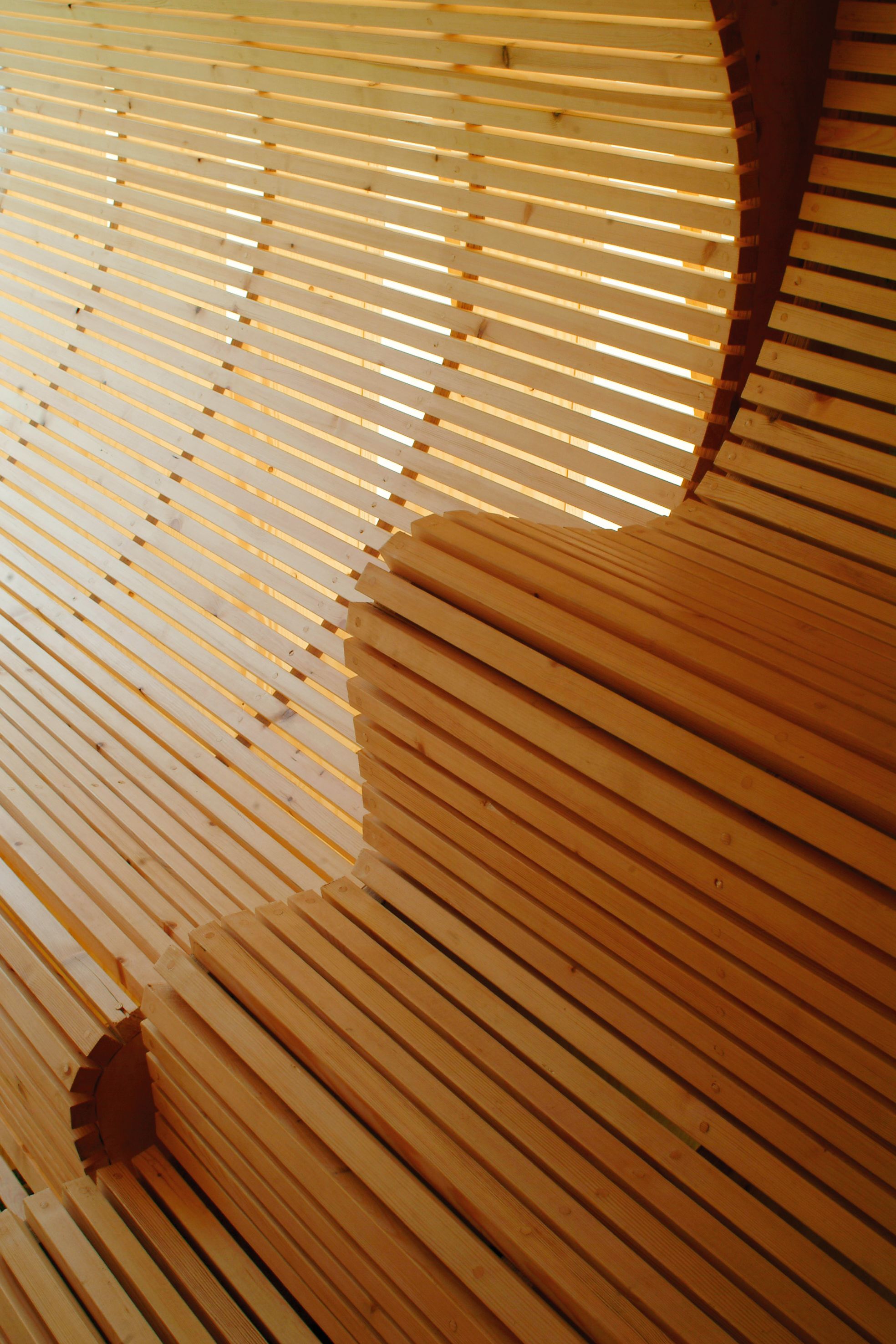
Wood Wonders was designed by a multidisciplinary team with members from three of Aalto's Schools. The exhibition is part of a long-term passenger experience collaboration with Finavia. It was dispalyed in entrance hall 2B at Helsinki-Vantaa Airport.
The Finnish Ministry of the Environment has supported the exhibition.
Exhibition materials:
Metsä Wood
Versowood
Fiskarsin laatupuu
Tikkurila Oyj
The exhibition team
Research
School of Arts, Design and Architecture
Pekka Heikkinen: Architecture
Heidi Turunen: Cellulose products
Matti Kuittinen: Environmental impacts
Karola Sahi and Mikko Paakkanen: Design
Ville Kokkonen: Interior Architecture
School of Engineering
Gerhard Fink: Wooden structures
School of Chemical Engineering
Lauri Rautkari: Wood material science
Mark Hughes: Wood technology
Monika Österberg: Bioproduct chemistry
Exhibition concept and design
Laura Zubillaga and Pekka Heikkinen
Exhibition construction
Laura Zubillaga, Pekka Heikkinen, Josh Krute, Dario Vidal, Darren Bratton, Jari Simanainen, Hannu Paajanen
Sound design
Antti Ikonen
Graphic design
Cvijeta Miljak
Curating
Outi Turpeinen
Communications
Tiina Toivola

